Nine professors receive Romnes Faculty Fellowships
Nine promising young members of the UW–Madison faculty have been honored with Romnes Faculty Fellowships.
Romnes awards recognize exceptional faculty members who have earned tenure within the last six years. Selected by a Graduate School committee, winners receive an unrestricted $50,000 award for research, supported by the Wisconsin Alumni Research Foundation (WARF).
The award is named for the late H. I. Romnes, former chairman of the board of AT&T and former president of the WARF Board of Trustees.
This year’s awardees are:
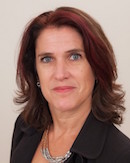
Dominique Brossard
Dominique Brossard, professor of life sciences communication, is an expert on science communication dynamics in new media environments and public opinion dynamics related to controversial scientific issues such as genetically engineered crops. Her work has been published in Science, Science Communication, the International Journal of Public Opinion and Public Understanding of Science. She teaches courses in strategic communication theory and research, with a focus on new media, science and risk communication.
Baron Chanda
Baron Chanda, associate professor of neuroscience and biomolecular chemistry, studies mechanisms of gating and modulation of biological ion channels, molecules involved in generating electrical activity in the brain and heart. His laboratory has developed sophisticated tools to study protein dynamics, and created a temperature-sensitive ion channel that rivals naturally occurring channels.
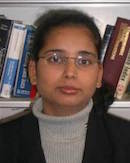
Padma Gopalan
Padma Gopalan, professor of materials science and engineering, focuses on the synthesis and assembly of polymers to fabricate nanoscale features for semiconductor electronics. Her work with polymer synthesis and surface functionalization has led to advances in materials for optical communications, biomaterials that influence the differentiation of stem cells, and ultrasensitive carbon nanotube hybrids that mimic human vision.
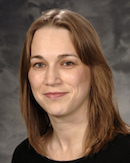
Irena Knezevic
Irena Knezevic, professor of electrical and computer engineering, works in the field of computational nanoscience. She develops computer simulations to understand the way charge, heat and light play off of one another at the nanometer scale. Her research helps design and improve devices for electronic, optoelectronic, and thermoelectric applications.

Gregory Nemet
Gregory Nemet, associate professor of public affairs and environmental studies, studies energy, environmental and technology policy. He focuses on identifying the determinants of past improvements in energy technologies, and using those results as inputs for models to inform policy design. He chairs the Energy Analysis and Policy program.
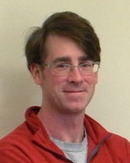
Eric Raimy
Eric Raimy, professor of linguistics in the Department of English, works on sound patterns in human language from a cognitive science perspective. His recent work focuses on mental representations in phonology and on the Wisconsin Englishes Project, which documents and analyzes local dialects of English, such as distinct vocabulary, pronunciations, idioms and ethnic influences.
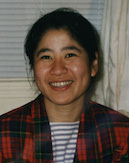
Xin Sun
Xin Sun, professor of medical genetics, studies the genetic basis of birth defects and other pediatric diseases, identifying genes that are essential for the proper formation and function of organs. Using animal models of human diseases, she uncovers the origin of birth defects and traces their progression and contributes to the development of genetic counseling, diagnosis and treatment.
Christopher Walker
Christopher Walker, associate professor of dance, creates contemporary performance through devising choreographic processes rooted in African Diasporic retentions and continuities. He has taught and presented his creative research throughout the Americas, Europe and Asia and this year will premiere “Rough Drafts” with the National Dance Theatre Company of Jamaica in New York and the collaborative project “Facing Home: a phobia,” in Toronto.
Tehshik Yoon
Tehshik Yoon, professor of chemistry, investigates more efficient and environmentally responsible ways to synthesize complex molecular structures. He has pioneered a strategy to construct chemical bonds using sunlight or similar sources of visible light, with long-term hopes that these reactions might improve the sustainability of chemical manufacturing.
Tags: faculty awards, milestones




